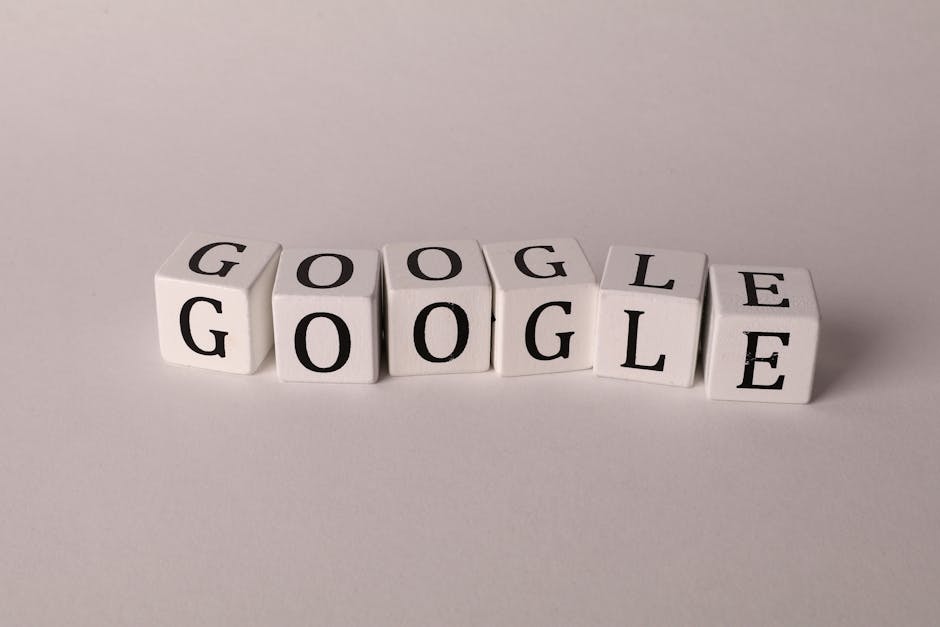How Visual Search is Changing the Landscape of SEO
SEO has always been about getting the right content in front of the right audience at the right time. For years, that meant optimizing for text-based queries, people typing words into a search engine like Google and getting a list of links in return. But what if you didn’t have to type? What if you could conduct searches by displaying an image instead of using text? That’s where visual search comes in, and it’s starting to make waves in how we think about SEO.

So, What Exactly is Visual Search?
Picture this: you’re walking down the street, and you see someone wearing a pair of sneakers that catch your eye. Instead of trying to figure out what brand they are or searching through countless stores, you simply snap a photo with your smartphone. Visual search tools (like Google Lens or Pinterest Lens) analyze that image and instantly show you similar products, where to buy them, and even how much they cost.
Sounds convenient, right? Well, visual search is quickly changing how users find information online. It uses AI-powered image recognition to match the content of a photo or screenshot with relevant online results. And here’s where things get interesting for SEO: just like traditional search engines rely on keywords, visual search depends on certain cues from images like metadata, alt tags, and context within webpages.
How Does Visual Search Impact SEO?
The rise of visual search means people are starting to search in ways they couldn’t before and that changes the game for businesses hoping to get noticed online. If you’re running an e-commerce site selling home décor, optimizing your images for visual search can mean the difference between someone discovering your product via a photo or missing out entirely.
- Image Optimization: Just as keywords matter for text-based searches, metadata and file names are crucial for images. If your images aren’t properly labeled (with descriptive alt tags and file names), they may never show up in a visual search.
- High-Quality Images: Visual searches rely on sharp, clear images. If your website is cluttered with low-resolution or poorly cropped photos, it may struggle to rank well in visual searches.
- Contextual Relevance: The content surrounding an image matters too. An image embedded within a well-structured page filled with relevant information will perform better than one randomly thrown into a page.
If this seems reminiscent of conventional SEO strategies, you're spot on! The fundamental concept of enhancing content—be it written or visual—for better visibility continues to hold true. As visual search grows more popular, there’s an added layer of competition: ensuring your images are indexed correctly so they can be found through these newer methods.
The Big Players: Google Lens and Pinterest
Google Lens is probably one of the most well-known visual search tools out there. Introduced in 2017, this feature enables individuals to aim their smartphone camera at physical items—such as plants, garments, or barcodes—and receive pertinent details or shopping recommendations generated from the captured image.
Pinterest also jumped into this space with its “Lens” feature. It lets users snap a photo or upload an image from their phone’s library and then explore similar pins or products available for purchase directly on Pinterest. With over 400 million users on Pinterest each month (Business of Apps), there’s huge potential for companies looking to tap into this visually driven platform.
The fact that major platforms like Google and Pinterest have heavily invested in visual search should signal just how impactful it’s going to be for SEO strategies moving forward.
Real-World Examples of Visual Search Optimization
A great example is IKEA. They’ve successfully optimized their product images to appear in Google Lens results when users snap photos related to home furnishings. If someone takes a picture of a couch at a friend’s house that looks similar to something IKEA sells, there’s a good chance IKEA’s products will pop up as potential matches.
In a similar vein, clothing retailers are embracing the trend by optimizing their product visuals for conventional search engines as well as for platforms such as Pinterest. ASOS excels in this area by showcasing striking images paired with thorough product descriptions, which enhances their visibility when individuals conduct visual searches for particular fashion trends.
How Can You Prepare for Visual Search?
If you’re thinking about ways to get ahead with visual search optimization, here are some actionable steps:
- Use Descriptive Alt Text: This text helps machines understand what’s happening in an image. Make sure every image on your site has accurate alt text that describes both the object and its context.
- Create Image Sitemaps: Having an organized sitemap helps Google index your images faster and more accurately. Make sure all important visuals are easy to find!
- Aim for Speed: Images can slow down web pages significantly. Compress them so they load quickly without losing quality, search engines favor faster sites in both traditional and visual searches.
- Add Context Around Images: Don’t just throw an image onto the page without any context. Surround it with helpful text that provides additional details about what the image represents.
- Monitor Image Performance:Resources such as Google Search Console provide valuable information about the performance of your images in search results. Take advantage of this data to tweak and improve image optimization over time.
The push toward integrating visuals into our daily online habits isn’t slowing down anytime soon.
If you haven't yet considered the potential effects of visual search on your field—whether you are in online retail or the travel sector—it may be beneficial to explore strategies that could improve your visibility by leveraging striking images and effective optimization techniques. The shift from text-based searches to multi-modal ones (which combine voice commands, visuals, and text) is here, reshaping the way brands connect with audiences online.